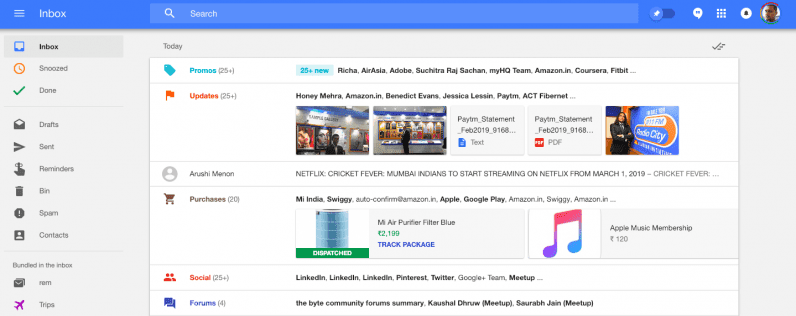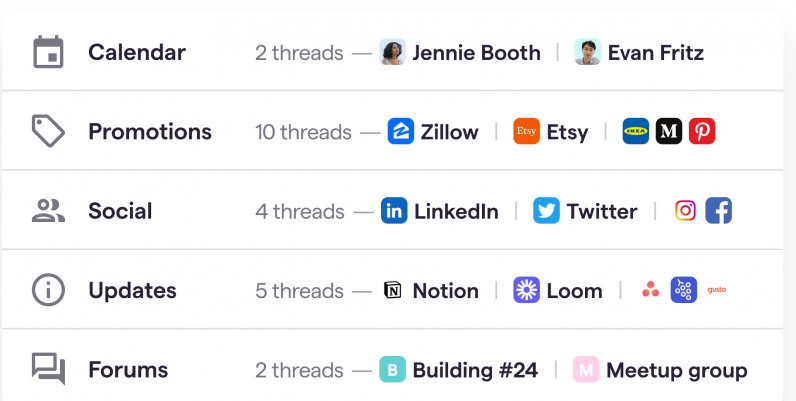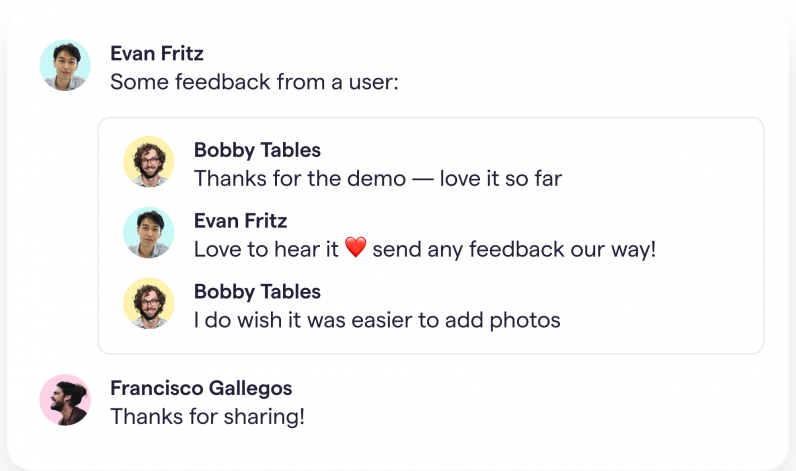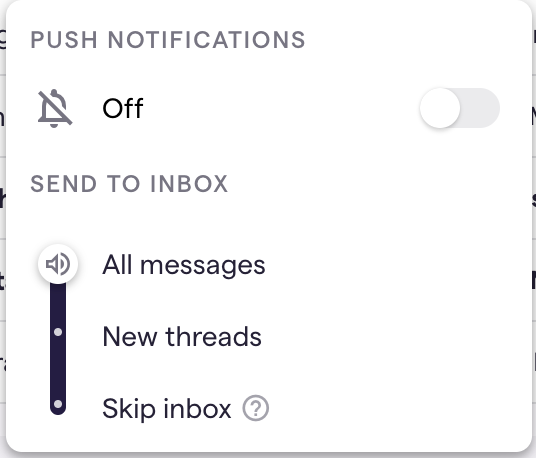
Google Inbox was one of those products that a corner of the internet loved furiously — including me. So, when the company announced it was being discontinued in 2019, I was mad as hell.
Now, a company named Shortwave, formed by ex-Google employees, is trying to bring it back. Before we talk about what they’re trying to do, let’s take a trip down memory lane.
Why was Inbox killed?
Inbox was great at what it did: streamlining emails.
This included best-in-class categorization, intuitive email pinning, a clean interface, and features like bundles that grouped messages from one sender. While Google brought some of these features to the main app, it just isn’t as good as Inbox.

Andrew Lee, Shortwave’s CEO and co-founder of developer platform Firebase, told me that a ton of people loved Inbox. After he left Google in 2017, he talked to some folks at the company about the product.
According to some of them, Inbox had more than 10 million monthly active users — most of them paying G Suite users and knowledge workers.
Google even considered changing the UI of Gmail to Inbox, but it was too risky, as millions of users were already familiar with the classic design. So it decided to port some features across, and discontinue Inbox. The company just didn’t want the hassle of maintaining two Gmail products.
Rest in peace, buddy. You’re gone, but not forgotten.
Birth of Shortwave
Lee took a break after leaving Google, and searched for something new. After looking at protests in Hong Kong, and censorship on WeChat, he came to the conclusion that email remained one of the most effective — and hard to disrupt — ways of communicating.
He wanted to make emails like chat messages. That’s when he remembered Inbox and its interface. And, in 2020, he hired some people who worked on the product to start Shortwave.
“We quickly built a prototype”, he told me, “and tested the workflow heavily. Then last year, we started expanding the test to friends, family, and some other users under a closed beta.”
Filling it with features
If you head to the Shortwave website and start using it, you’ll see its resemblance with Inbox immediately. The team has already rolled out pinned messages, keyboard shortcuts, categories (like updates, promotion, forums, calendar, and social), and my beloved bundles.

But that’s just the tip of the iceberg.
The company wants to be the primary email client for small businesses and knowledge workers. One feature that highlights this goal is Workspaces, where you can create Google Groups-like channels for specific conversations by different workgroups.
Lee said that Shortwave also wanted to reduce the time of conversations between teammates. So if all of your colleagues are using the app, you get emails from them — just like you get messages on Slack or Microsoft Teams.
Another problem Shortwave has solved involves forwarded emails.
When you loop in someone mid-conversation in Gmail, the format is almost unreadable, and attached files are lost. Shortwave has tried to mitigate this by adopting a chat-style summary of the email trail, meaning there are no loose ends.

In my short time using Shortwave, my favorite feature was the ability to make emails skip the inbox when it’s sent by a specific person. As you can see in the screenshot below, you can click on any sender’s profile and define this quickly.

The way ahead
Shortwave is free to use, and available on all platforms. But to make Workspaces with more than 10 people — and have unlimited search history — you need to shell out $9 per person each month.
Lee knows exactly what he wants to achieve with Shortwave — and how to do it. Firstly, this involves giving paying customers everything they need. In the short term, this means building features like multiple profiles, notes, and reminders.
But in the long term? Shortwave wants to be better than Inbox ever was — and with its own personality to boot.
Inbox is dead, long live Shortwave.
Get the TNW newsletter
Get the most important tech news in your inbox each week.




